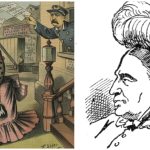As a Spanish American actress, Rita Hayworth was not only a Hollywood star but a woman with strong political beliefs, striving for independence in a male-dominated film industry.
Throughout her career, she took on various roles that challenged ethnic stereotypes in Hollywood. Hayworth balanced her glamorous acting career with her responsibilities as a family member, often feeling conflicted between her sultry image and her wish for a more peaceful life.
Her personal life was not without struggle. Hayworth dealt with a troubled childhood, oppressive marriages, and a battle with early-onset Alzheimer’s disease at a time when little was known about it. Even after her death in 1987, her legacy continues to resonate in popular culture and in the fight against Alzheimer’s.
Below are some lesser-known stories about Rita Hayworth’s life that are worth exploring.
1. Strict training as a performer
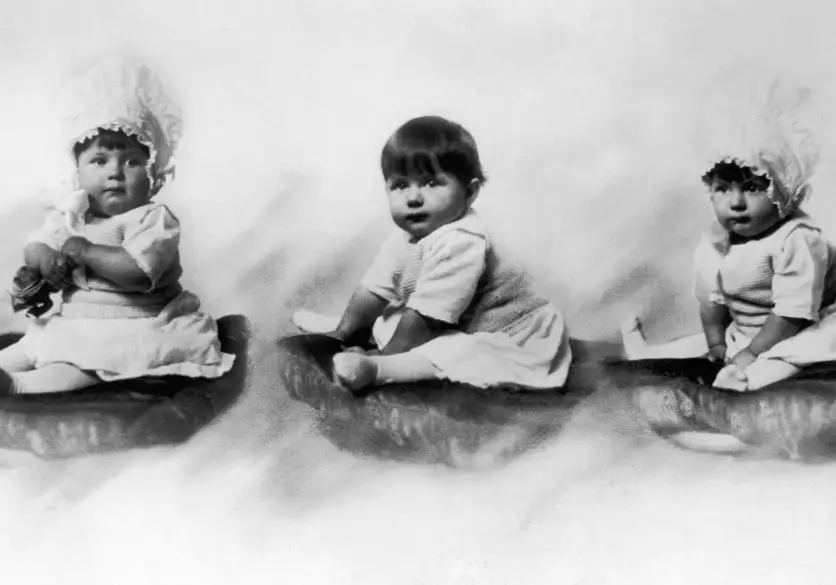
Rita Hayworth was born into a family of performers. Her father, Eduardo Cansino, was a dancer who wanted her to follow in his footsteps, while her mother, Volga Hayworth, a former Ziegfeld Follies showgirl, hoped she would become an actress.
Hayworth started taking dance lessons at just three years old, thanks to her grandfather. She often said that rehearsing took up her entire childhood, which she didn’t always enjoy. However, she kept practicing because she was afraid to tell her strict father that she didn’t like it.
By the time she was almost five, Hayworth made her stage debut alongside her family in the Broadway show “The Greenwich Village Follies.”
2. Dark turn in her relationship with her father in 1931
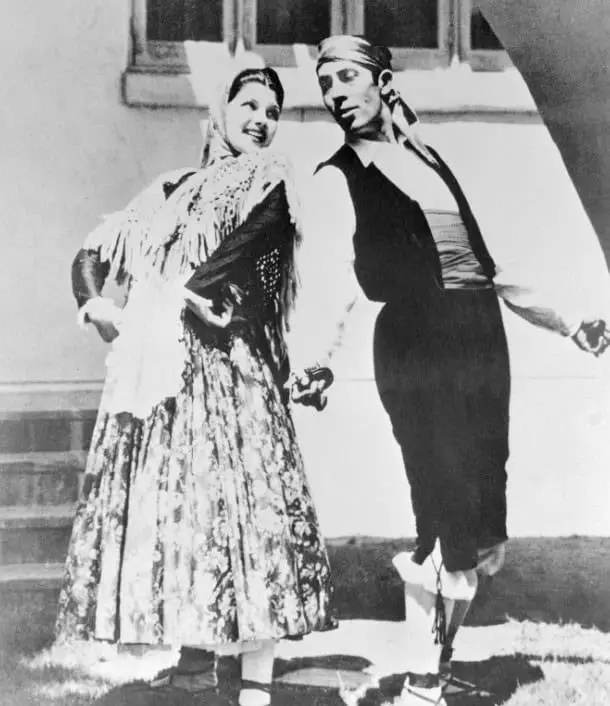
At just 13, Hayworth’s father decided to bring back their family vaudeville act, the Dancing Cansinos. He pulled her out of school and took her on tour. While she later finished the ninth grade in Los Angeles, that was her last formal schooling.
In their performances, Eduardo Cansino partnered with his daughter, changing her name to Rita Cansino and dyeing her brown hair black to make her look older. Unfortunately, during their travels, he reportedly began sexually abusing her.
3. Film debut at Fox in 1935
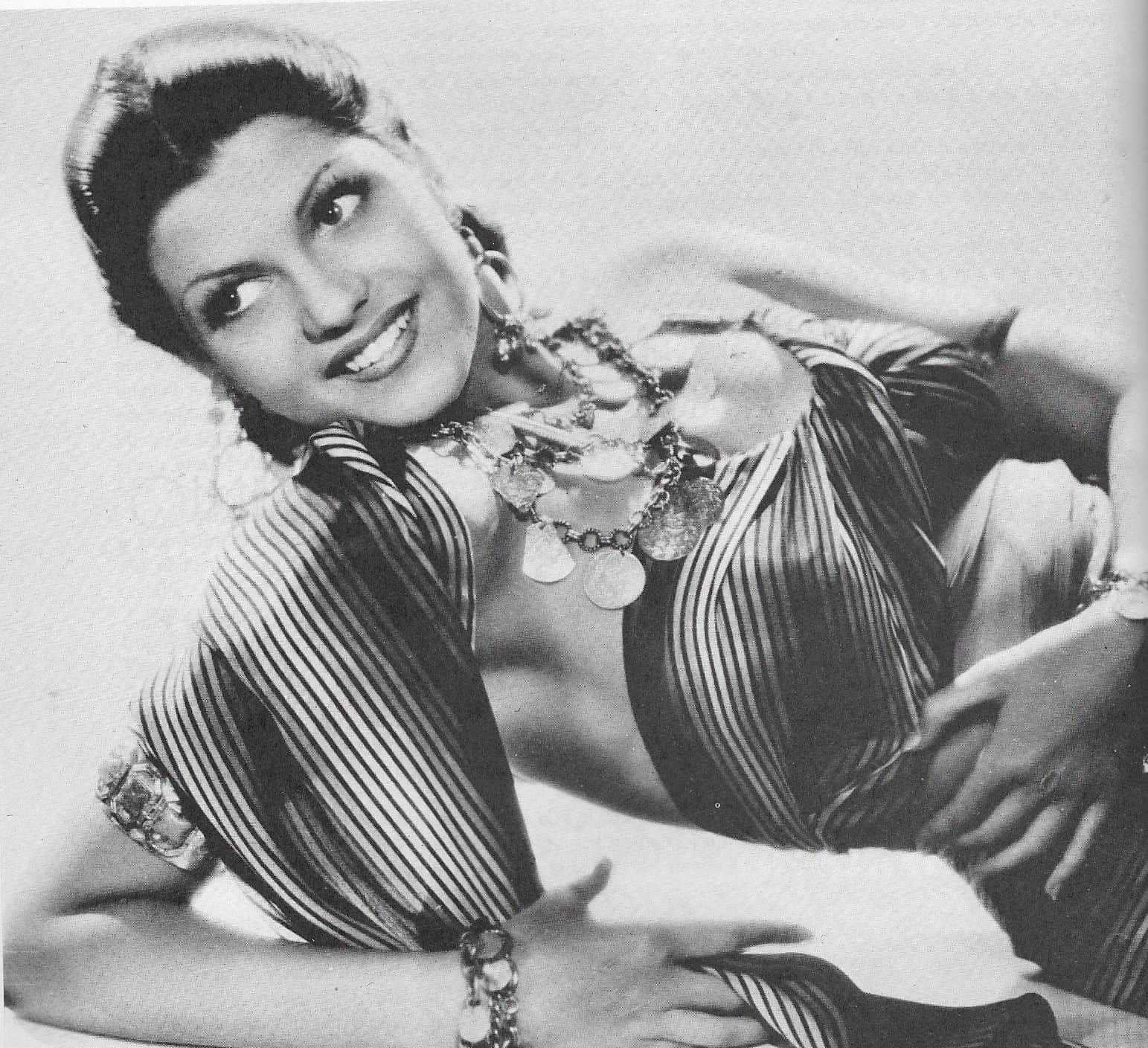
After several years performing with her father, Hayworth caught the attention of the head of Fox Film Corporation at just 16 years old. He invited her to take a screen test, which resulted in a six-month contract. Her first movie with Fox was 1935’s Dante’s Inferno, where she played a dance hall girl but had no speaking lines.
That same year, she landed multiple roles in films where she portrayed different ethnicities: an Argentinian in Under the Pampas Moon, an Egyptian in Charlie Chan in Egypt, and a Russian in Paddy O’Day. However, when her contract ended, the studio merged into 20th Century Fox and chose not to renew her deal.
4. Transformation from Rita Cansino to Rita Hayworth in 1937
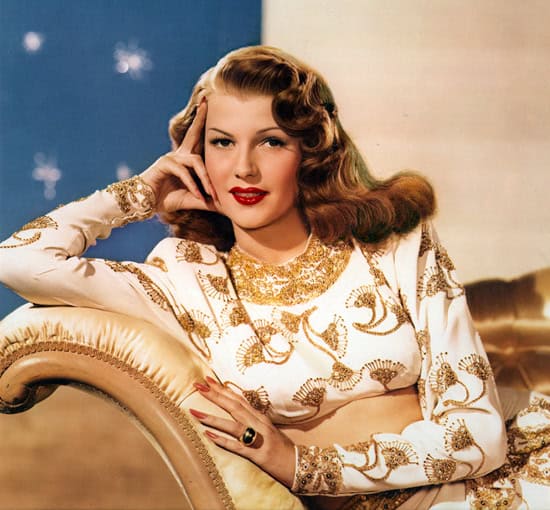
Under the management of Edward Judson, Rita Hayworth signed a seven-year deal with Columbia Pictures and its head, Harry Cohn. However, this agreement came with significant challenges. Allegedly, Cohn expected sexual favors from female actors in return for roles. When Hayworth rejected his advances, it ignited a feud that lasted decades.
Judson and Cohn also played a role in changing Hayworth’s appearance to fit a more “American” look. They replaced her father’s surname with her mother’s, dyed her dark hair to auburn, and used painful electrolysis to push back her hairline.
5. Sour marriage with Orson Welles
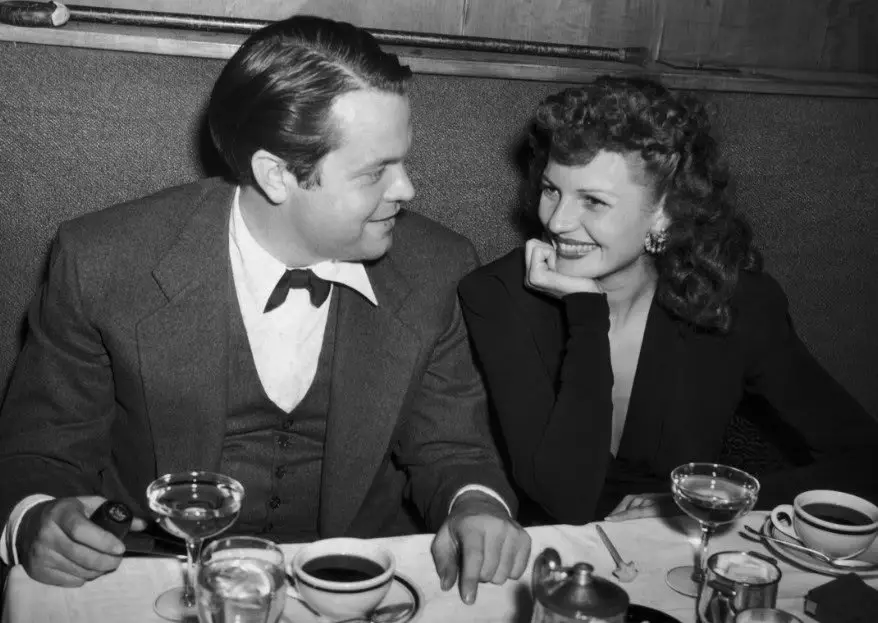
Orson Welles was seen by Vanity Fair as both a mentor and a controlling partner to Rita Hayworth. He aimed to elevate her films to more artistic levels, but she yearned for a simpler, home-centered life. After filing for divorce, Hayworth shared that during their marriage, Welles showed little interest in creating a home, even dismissing her suggestion to buy one, citing a reluctance for responsibility.
While Welles was involved with Judy Garland, Hayworth started a complicated, 40-year relationship with actor Glenn Ford during the filming of “Gilda” in 1945. By 1947, she had finally obtained her divorce from Welles
6. Enragement over Esquire magazine image taped to an atomic bomb
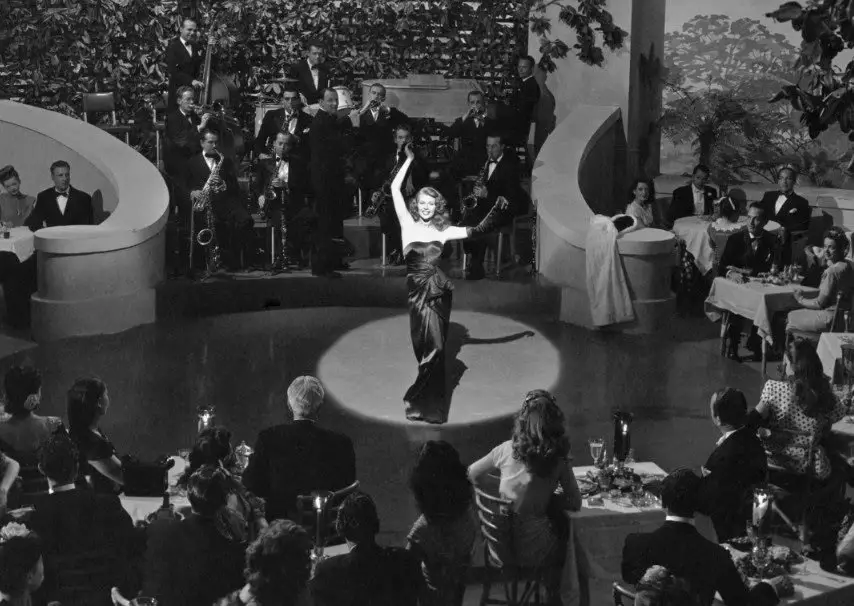
Rita Hayworth’s role in Gilda transformed her from a Hollywood star to a sex symbol. This change was largely due to a memorable scene where she teasingly removes her long black satin gloves while singing the suggestive song “Put the Blame on Mame.” Hayworth once remarked, “Every man I’ve known has fallen in love with Gilda and awakened with me.”
However, in 1946, Hayworth was furious to discover that an image of her from Esquire magazine was used on an atomic bomb scheduled for detonation.
“Rita used to fly into terrible rages all the time, but the angriest was when she found out that they’d put her on the atom bomb,” Orson Welles told biographer Barbara Leaming, according to The Telegraph. “Rita almost went insane; she was so angry.”
Hayworth wanted to hold a press conference to protest the act, but Columbia Pictures executive Harry Cohn stopped her, calling it “unpatriotic.”
7. Challenges faced during the custody battle
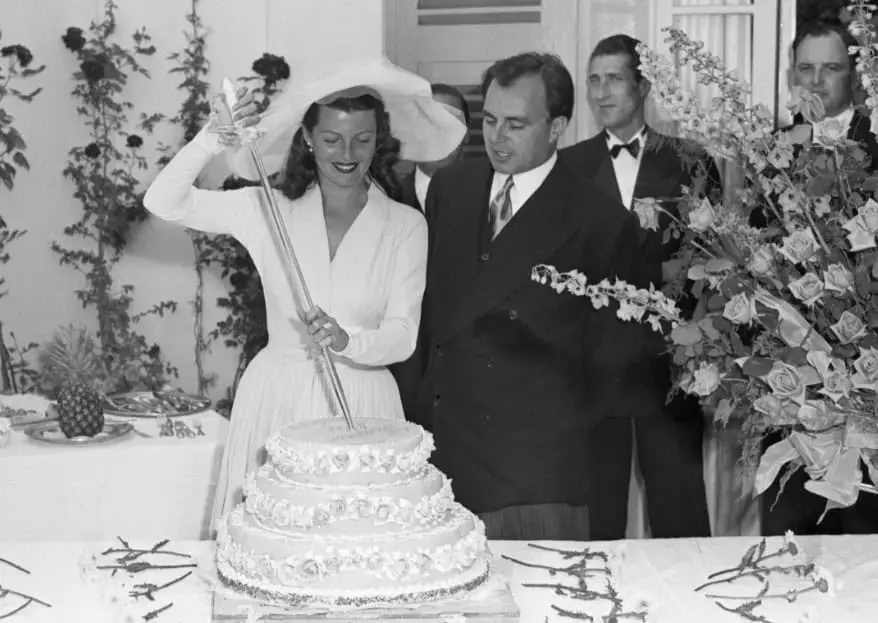
Yasmin Aga Khan is the youngest daughter of actress and dancer Rita Hayworth and the third child of Prince Aly Khan.
To divorce to Prince Aly, Hayworth moved to Reno, Nevada, and cited “extreme cruelty, entirely mental in nature” in her legal papers. This led to a tough custody battle focused on whether Yasmin should be raised Christian or Muslim.
Prince Aly Khan even offered Hayworth $3 million to raise their daughter in the Muslim faith, but she turned down the offer. Their divorce was finalized in 1953.
Furthermore, she reported getting death threats during her fierce custody battle with Khan, prompting her to send her daughters to live with their nanny in a home later exposed by the media to be in poor condition. The situation caused her to place them in protective custody.
8. How Alzheimer ruined her life
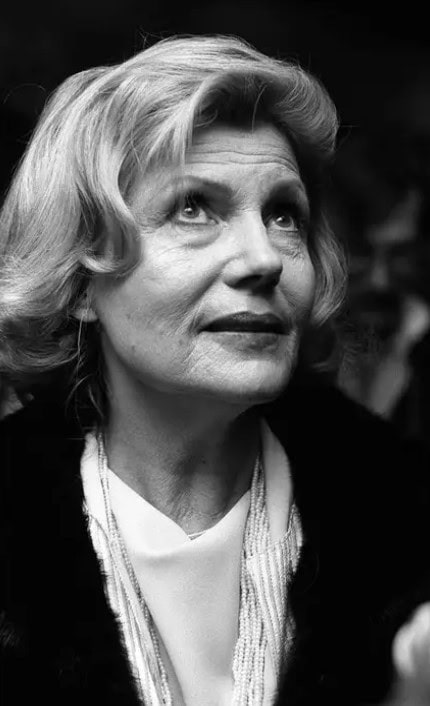
In the early 1970s, Rita Hayworth was still acting in films and making guest appearances on shows like “Rowan & Martin’s Laugh-In.” However, she began to struggle with remembering her lines. This was evident when she starred in the Broadway show “Applause” in 1971 and later while filming the Western “The Wrath of God” in 1972, where her lines had to be prompted during scenes.
In 1980, Orson Welles spotted Hayworth at an event, but she failed to recognize him even after talking for a while. The following year, she received a diagnosis of Alzheimer’s disease.
By age 62, her condition could no longer be hidden. A court in Los Angeles ruled that she was unable to care for herself and appointed her daughter, Yasmin Aga Khan, as her caretaker.
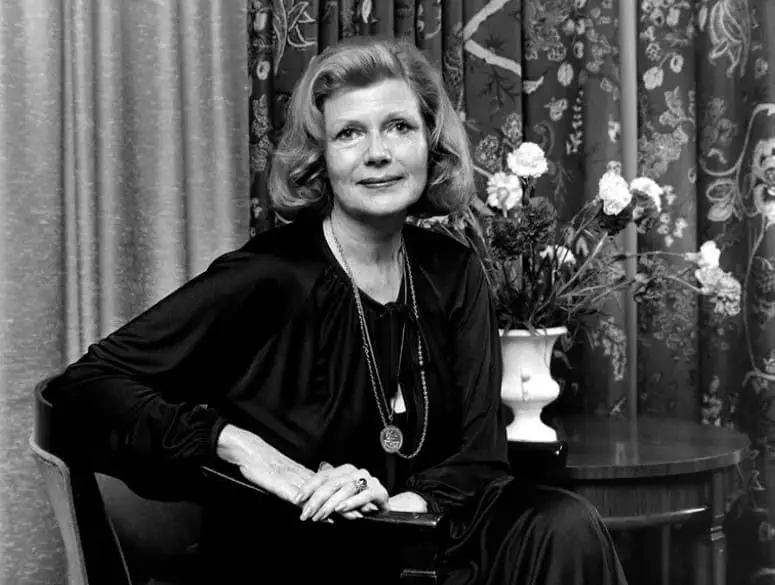
Hayworth became the first well-known figure to bring attention to Alzheimer’s, and Yasmin became a strong advocate for research, even testifying before Congress in 1983. She later helped establish Alzheimer’s Disease International and served as its honorary president.
Hayworth died on May 14, 1987, at 68, in her daughter’s New York City apartment, just three months after entering a mild comatose state. President Ronald Reagan, who would also later disclose his own Alzheimer’s diagnosis, commended Hayworth and Yasmin for their courage and efforts to raise awareness about the disease.


